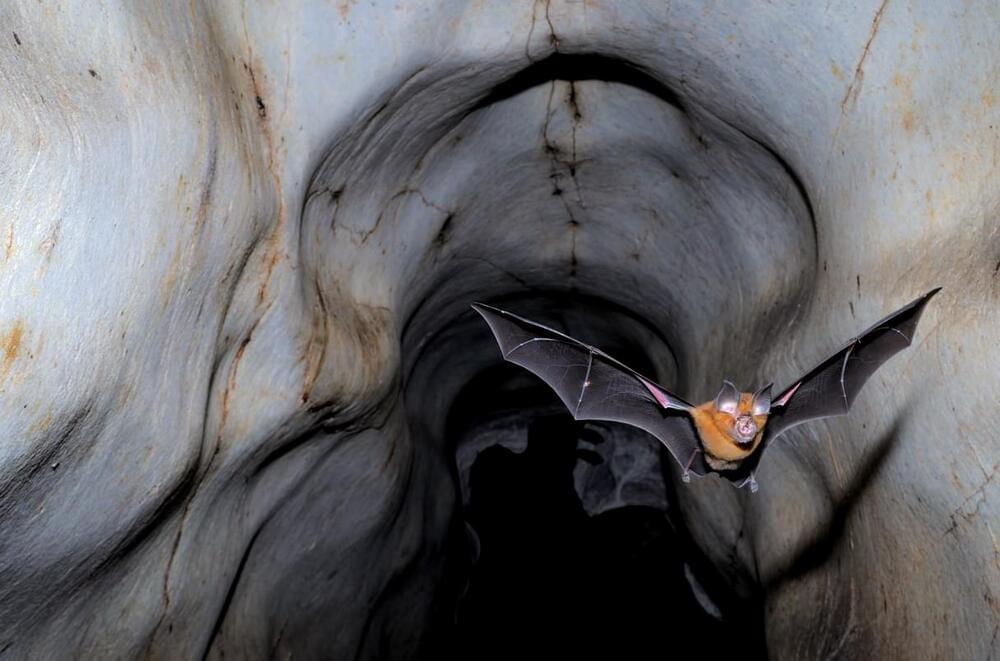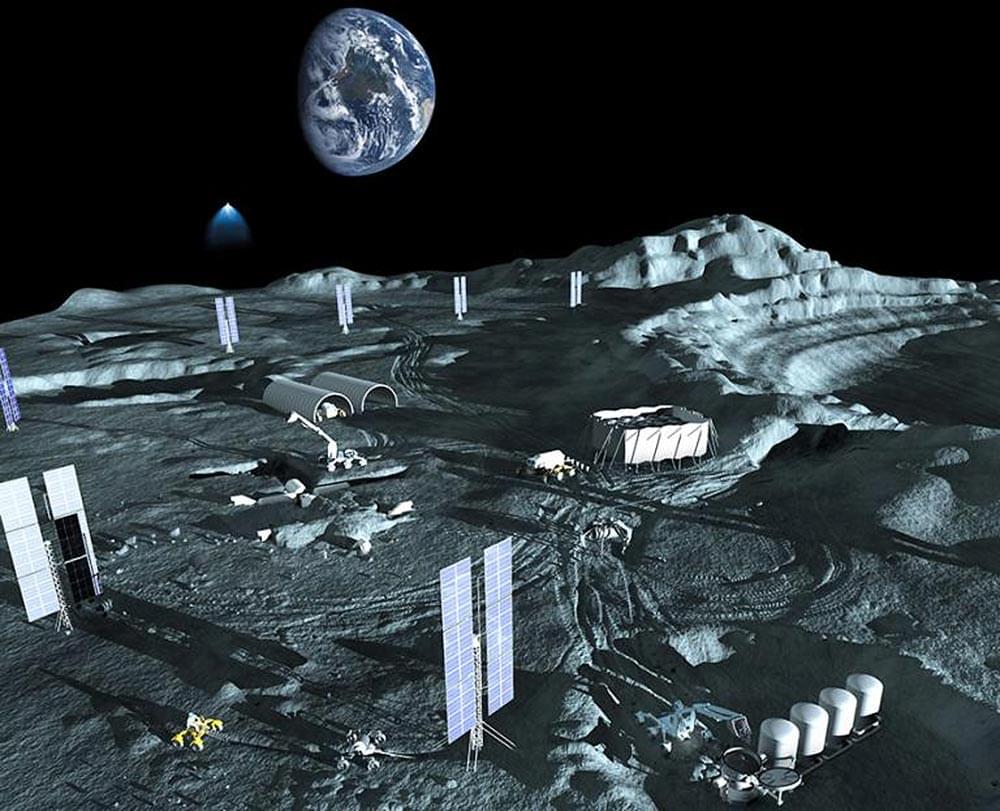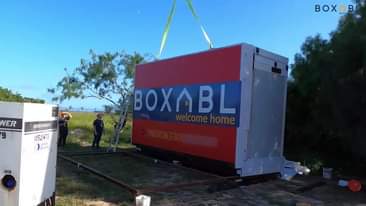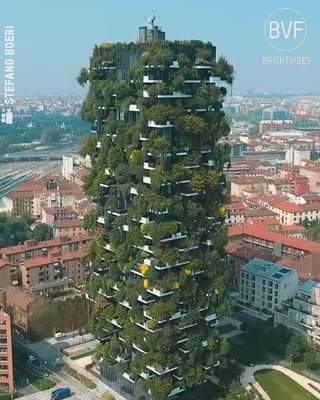Sep 17, 2021
SARS-like viruses may jump from animals to people hundreds of thousands of times a year
Posted by Omuterema Akhahenda in categories: biotech/medical, habitats
Only two new coronaviruses have spread globally the past 2 decades: SARS-CoV, which caused an outbreak of severe acute respiratory syndrome (SARS) in 2,003 and SARS-CoV-2, the virus that causes COVID-19. But that may just be the tip of the iceberg of undetected infections with related viruses emerging from bats, a new paper claims. In a preprint published yesterday researchers estimate that an average of 400,000 people are likely infected with SARS-related coronaviruses every year, in spillovers that never grow into detectable outbreaks.
The researchers, including Peter Daszak from the EcoHealth Alliance and Linfa Wang from Duke-NUS Medical School in Singapore, created a detailed map of the habitats of 23 bat species known to harbor SARS-related coronaviruses, the group to which SARS-CoV and SARS-CoV-2 belong, and then overlaid it with data on where humans live to create a map of potential infection hot spots. They found that close to 500 million people live in areas where spillovers can occur, including northern India, Nepal, Myanmar, and most of Southeast Asia. The risk is highest in southern China, Vietnam, Cambodia, and on Java and other islands in Indonesia (see map, below).
Study pinpoints Asian regions that could spark the next coronavirus pandemic.

















